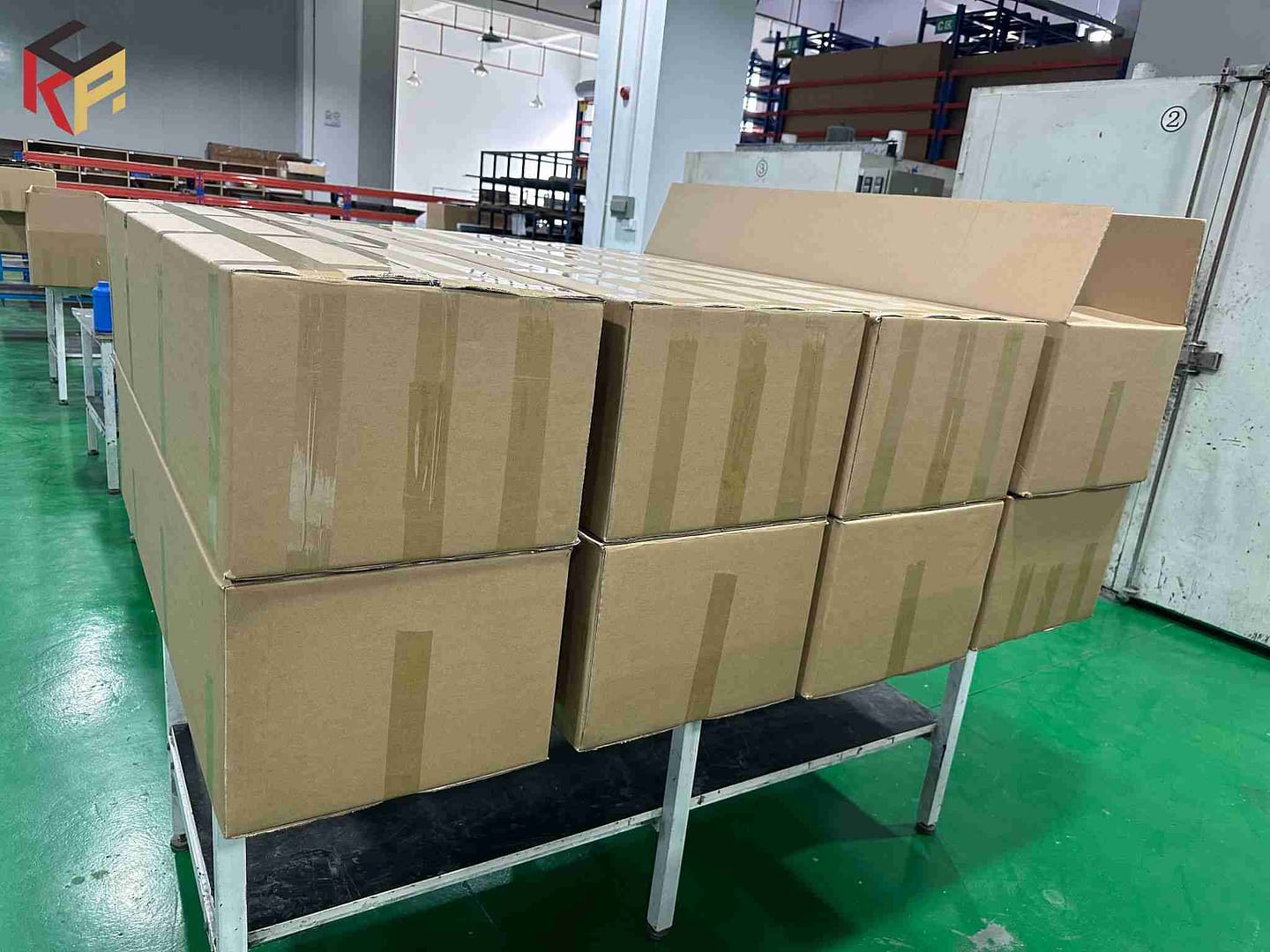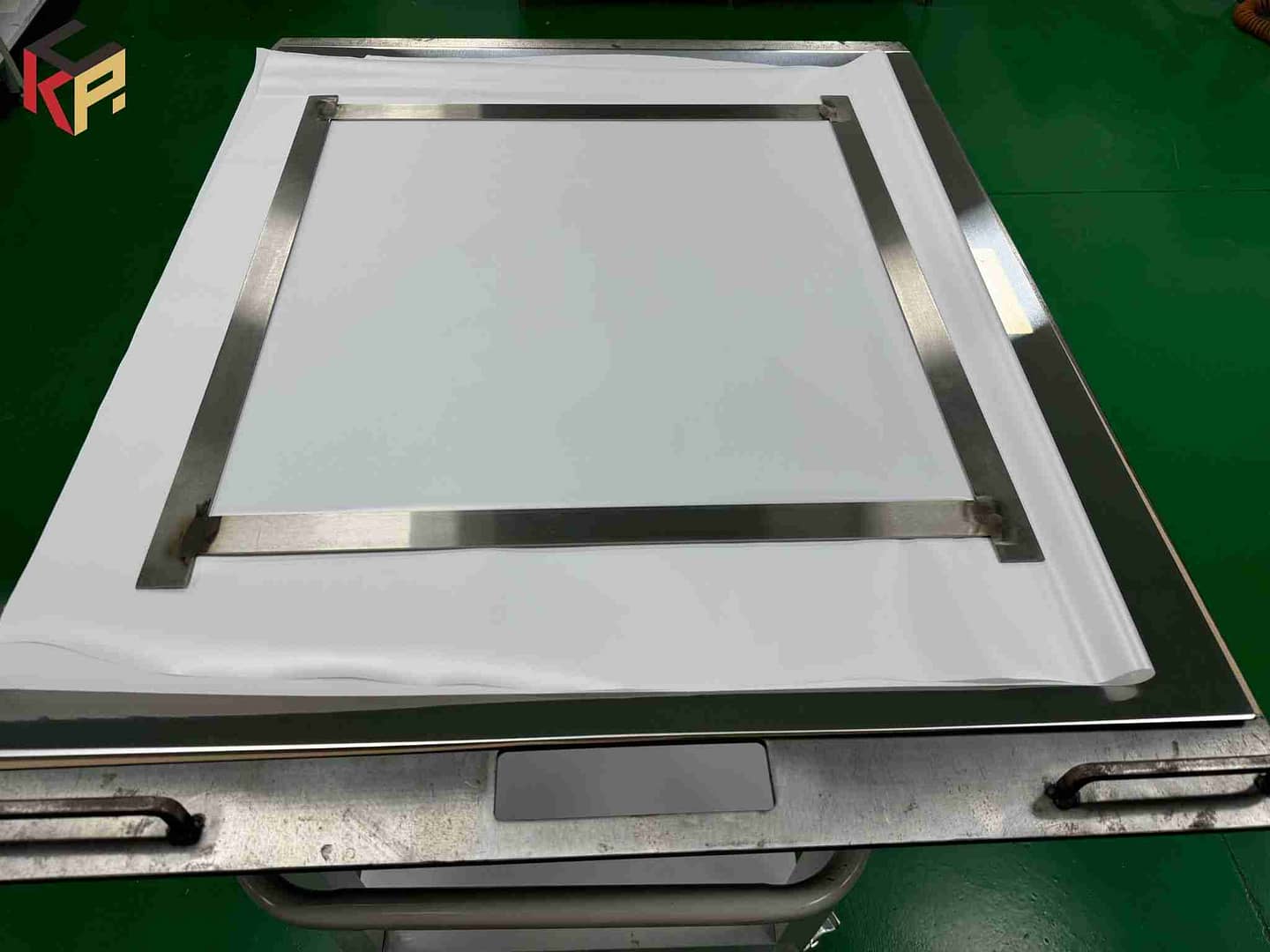
Light carbon fiber tubing offers exceptional load-bearing capacity per unit mass, perfect for applications needing toughness and lower weight
Composed of reinforcing carbon filaments encased in a cured polymer resin, the tubes form a durable composite assembly
High-quality aligned carbon strands grant exceptional tensile performance and stiffness, and the lightweight resin helps minimize mass
The merged benefits of strength and lightness enable creation of structures that are resilient yet weight-efficient
These advanced tubes are utilized across aerospace, automotive, recreational sporting and medical device industries
In aerospace applications, carbon fiber tubes lower fuselage and wing mass, enhancing fuel savings and flight performance
Vehicle manufacturers use carbon fiber tubing for suspension links and chassis bracing to achieve better handling and lighter vehicles
High-precision carbon fiber square tubes designed for superior structural integrity
In modern engineering contexts where lightweight design and high structural performance are essential, carbon fiber square tubes have become a top choice
Precisely produced square tubes provide mechanical excellence alongside adaptable design capabilities
Formed by aligning carbon fibers and consolidating them with a structural resin, these square tubes present strong resistance to compression and tension loads
Their high rigidity makes square carbon fiber tubes appropriate for applications where dependable structural integrity is required
When integrated into aerospace components, chassis systems or elite sports products, square carbon fiber tubes ensure dependable performance under stress
Also, their minimal mass supports better fuel savings and more efficient system operation
- Plus, accurate sizing ensures smooth integration into assemblies and reduces the expense of manufacturing alterations
- Therefore, these square tubes are now core materials in sectors aiming for innovation, efficiency and superior performance
Custom rectangular carbon fiber tubes delivering tailored strength and performance
The material exhibits a remarkable balance of strength and low mass plus stiffness, making it suitable for demanding uses
These rectangular or prismatic profiles produce optimized mechanical behavior and excellent performance outcomes
Rectangular tubes can be engineered to precise dimensions to secure required load-bearing capacity and structural integrity
Whether the need is aerospace, sports or industrial, suppliers can custom-fabricate rectangular carbon fiber tubes to tight tolerances
Such flexibility enables innovative design solutions that boost performance and improve functionality
Advanced carbon fiber plates with outstanding stiffness and toughness
Carbon fiber plates are known for exceptional stiffness and are well suited to high-load applications
Constructed with carbon fiber reinforcements within a polymer matrix, these plates show superior resistance to bending and shape change
The plates’ impact toughness originates from carbon fibers that absorb significant energy during impact without breaking
High-performance composite solutions integrating carbon fiber tubes and plates for maximum results
CFRP tubes and plates are leading choices in advanced materials for their notable mechanical performance and light weight
Suitable for a broad range of industries, these lightweight yet strong composites are used in aerospace, automotive, sports and consumer-specialized products
Fabrication into complex shapes is possible without sacrificing stiffness and durability, enabling diverse engineering designs
Moreover, progress in manufacturing has improved cost-effectiveness and scalability, increasing accessibility across industries
Carbon fiber components provide notable benefits over legacy materials, offering greater strength at lower weight
Their durability against corrosion and fatigue supports longer life cycles and dependable performance in demanding contexts
These remarkable properties propel carbon fiber composites to the forefront of materials science and future engineering developments
Examining how carbon fiber tubes and plates are applied across industries
Recognized for their robustness, carbon fiber tubes and plates have been adopted broadly across multiple industries
The high strength-to-weight and mechanical traits support application across a wide spectrum of needs
The aerospace, automotive and construction industries commonly utilize these materials for strong, lasting structural components
Carbon fiber finds broad use in sports equipment like bikes and clubs, where stiffness and lightness translate to better performance
Carbon fiber composites are being applied in medical devices such as prostheses and surgical instruments to great effect
Mass reduction approaches leveraging carbon fiber tubes, plates and advanced composites
Through carbon fiber integration, industries achieve large reductions in weight while still meeting stiffness and strength demands
In uses like cycling frames and turbine blades, carbon fiber tubes provide the required stiffness with minimal added weight
Plates are chosen for their stiffness and impact resistance in aerospace structural parts where stability and load capacity are critical
Scientific progress unleashing broader potential of carbon fiber materials
Carbon fiber stands as a material breakthrough renowned for exceptional strength and toughness
Its remarkable performance derives from thin fibers embedded in a polymer matrix, creating a blend of lightness and strength
Use cases expand in aviation and automotive industries as weight savings contribute to better fuel economy and performance
Automotive use of carbon fiber helps produce lighter, stronger chassis and body parts that improve handling and occupant protection
Carbon fiber structures offer adaptable solutions across both aerospace and automotive industries
By delivering exceptional strength per unit weight, carbon fiber composites have altered aerospace and automotive engineering
Using lightweight composites results in vehicles and aircraft that are both high-performing and fuel-efficient while remaining durable
In cars, carbon fiber is often found in body panels, chassis parts and structural elements to decrease weight and enhance performance
These carbon fiber components keep extending the limits of modern engineering
Using carbon fiber tubes and plates enables industry-wide transformations based on their superior strength-to-weight ratios
Where performance and weight reduction are vital, carbon fiber tubes and plates find wide use across aviation, automotive and medical domains
In aviation, deploying carbon fiber components yields fuel efficiency benefits and aerodynamic performance gains
Automotive integration yields lighter vehicles with improved acceleration, handling and fuel or energy efficiency
- Effective deployment calls for a clear grasp of the material’s behavior, how it is fabricated, and the design trade-offs required Effective use depends on understanding the material’s behavior, manufacturing limits and design trade-offs Successful implementation requires knowledge of carbon fiber behavior, fabrication methods and necessary design compromises Successful implementation requires knowledge of carbon fiber behavior, fabrication methods carbon fiber retangular tubes and necessary design compromises
- Expect a strong future for carbon fiber tubes and plates as research and applications broaden
- Sustained R&D will continue to evolve performance and open additional application pathways
- Therefore, carbon fiber materials will likely assume an ever-growing role in engineering and industrial production
Unlocking peak performance with carbon fiber: a practical guide
With superior strength-to-weight and stiffness, carbon fiber serves as a leading material for performance optimization in many applications
Explore material properties, use cases and methods for integrating carbon fiber to maximize design outcomes
Across automotive, aerospace, sporting and electronic applications, carbon fiber’s versatility enhances performance outcomes
Leveraging it successfully requires a detailed understanding of material behavior, fabrication constraints and design trade-offs
Practical guidelines for selecting the right type of carbon fiber for your specific needs.